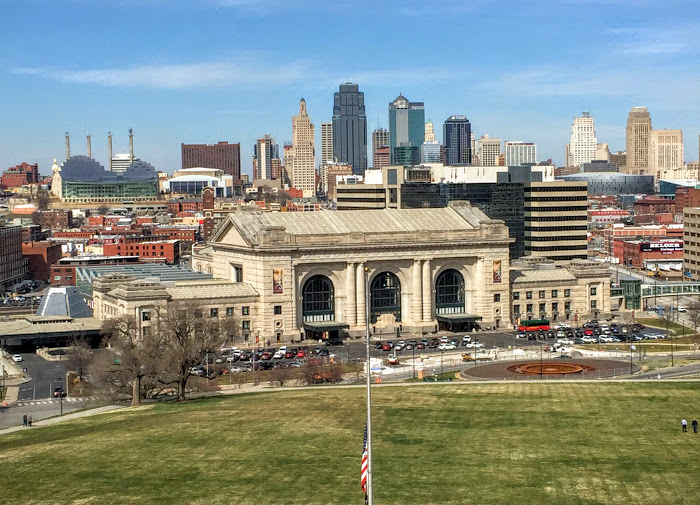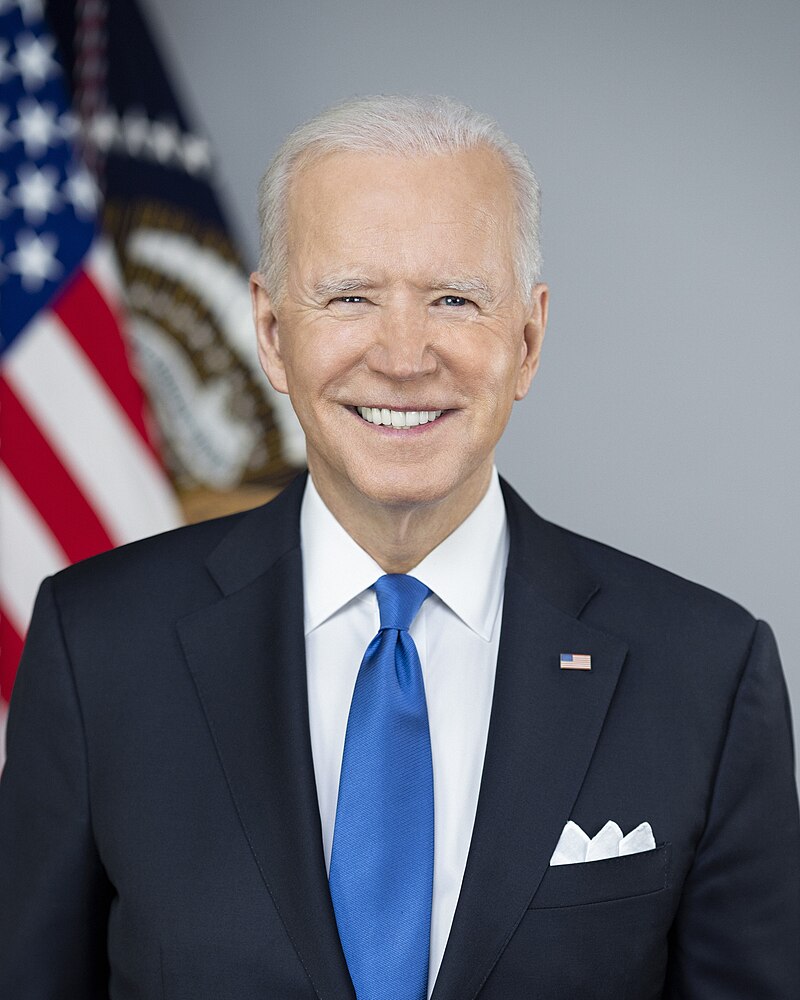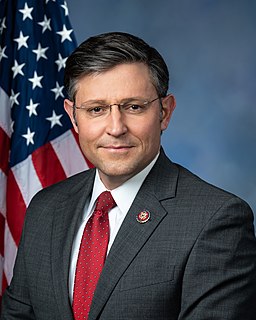In 1830, President Andrew Jackson signed the infamous Indian Removal Act to obtain more Native American land for colonists. Thus, he decided to boot the natives out to Oklahoma, brushing away the problem — at least from his sight.
Take a step into the future of Feb. 5, where many will head to Indianapolis to watch the Super Bowl. The cleanup of the city begins months ahead of time — preparing the stadium, increasing security, and beautifying the streets. But what about the issues that cannot be solved with a sweep of the broom?
According to Indiana University’s Public Policy Institute, about 1,567 individuals were homeless in the city of Indianapolis in 2011. While some groups work to alleviate this issue as the Super Bowl nears, others remain skeptical of the timing and their motivations.
“Any and all focus should be on helping these members of the community, … not on making decisions based on trying to give visitors an unrealistic picture of a city,” said Robert Malekoff, associate professor and chair of the sports studies department. “The only acceptable reason to relocate would be if the homeless folks posed some sort of danger to visitors.”
Bob Ray, a homeless man staying at the Wheeler Mission in downtown Indianapolis, expressed similar concerns.
“I’ve heard they’re trying to keep people who look homeless from being around where tourists coming from the Super Bowl are,” Ray said to WTHR 13 Indianapolis. “They’re investing a lot of money in the city and they want it to look all nice and neat.”
However, advocates of relocating the homeless in Indianapolis voice different views and suggest this is to benefit the homeless, not solely to spruce up their city.
“The increased police presence and increased social service presence might enhance the opportunities of people living under bridges or in these encampments to come inside,” said Mike Hurst, director of the Coalition for Homelessness, to the IndyStar.
“The whole point is, obviously, it’s just not healthy for somebody to be out on a corner in the middle of winter,” added Michael Bates, deputy chief of the Indianapolis Metropolitan Police Department.
Additionally, pro-relocation of homeless groups insist that there would not be any forced relocation. Rather, it would be a voluntary choice the homeless would make.
As the debate continued to surge, the Indianapolis officials affirmed their ultimate decision last week.
“We’ll certainly not be forcing anybody to move,” announced Bates in a statement.
While the decision has been made, this issue will continue to spark debate in future major sport events.







Michael Hurst • Jan 30, 2012 at 1:58 pm
Indianapolis has no plans to displace or relocate the homeless. The article follows on a story that contained a bad headline and lead, but that otherwise accurately described plans to be business as usual. For more information about those plans and what the city does every day to address homelessness, visit us on FaceBook at CHIP Indianapolis, or visit our website at http://www.chipindy.org.
Michael Hurst • Jan 30, 2012 at 9:30 am
This and other recent media stories have carried a headline and lead stating that Indianapolis is “moving” the homeless for the Super Bowl. It is difficult to understand how that lead came about when the story itself makes clear that Indianapolis has no intention to displace the homeless. In fact, the plan is exactly the opposite.
More than two years ago the 2012 Super Bowl Host Committee contacted the IMPD and the Coalition for Homelessness Intervention and Prevention to learn what was being done in the city to address homelessness, and to ensure that the planning for the Super Bowl would not interfere with ongoing efforts to provide people with needed assistance. Neither the host committee nor the city wanted to do anything that would displace individuals who were experiencing homelessness or that would otherwise take them away from the social services and outreach teams that were engaging them and helping with their return to self-sufficiency. That commitment still stands.
More than 1,500 people are homeless in Indianapolis each night. Nearly all are in services and are sheltered or staying in transitional programs. Fewer than 200 are chronically homeless, and fewer still stay outside. Those who do stay outside in winter are among the hardest to serve, oftentimes suffering from mental illness and chronic addiction. For these individuals, ensuring that they are not displaced, even for a day, may be the difference between life and death. IMPD officers work with eight different social service outreach teams and medical and mental health providers to engage the chronically homeless and unsheltered in our community. This is something that occurs every night, not just during special events. Indeed, as a result of their collaboration and hard work, in the last three years dozens of men and women who have been on the street, some for a dozen years and longer, are now receiving mental health services or in recovery, housed, and even employed.
Certainly, with a major event comes increased police presence. For posers and scammers and people engaged in criminal activity – and there will be plenty of each – increased police presence will mean increased enforcement of our criminal laws. However, for the homeless in Indianapolis, increased police presence means increased opportunities for access to social services and assistance.
Some will not come inside. They will be engaged where they are during the Super Bowl, just as they are every night of the year.
It is only natural to be skeptical, especially as game day draws nearer and pressure comes from some to sweep the streets; to hide the homeless. After all, other cities have done just that. Two years ago the host committee and the city of Indianapolis made a commitment to follow a different course.